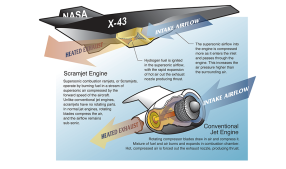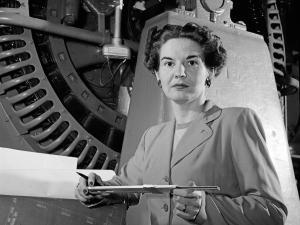Christopher Goyne

About
Professor Goyne obtained a Bachelor of Mechanical Engineering and Ph.D. from the University of Queensland, Australia, in 1991 and 1999, respectively. During his Ph.D. research, Prof. Goyne specialized in high-speed aerodynamics, high-speed air-breathing propulsion and instrumentation development. Upon completion of his graduate studies, Goyne joined the Department of Mechanical and Aerospace Engineering at the University of Virginia as a Research Associate. Here he conducted research in hypersonic propulsion using the University of Virginia’s unique Supersonic Combustion Facility. This work was funded by NASA’s Hyper-X Program. He briefly returned to the University of Queensland to participate in the HyShot scramjet flight test program before joining the faculty at the University of Virginia. Now an Associate Professor and Director of the Aerospace Research Laboratory, he continues his work in hypersonic air-breathing propulsion, supersonic aerodynamics, hypersonic ground and flight test techniques, diagnostic and measurement technique development, controls and advanced manufacturing.
Prof. Goyne is an Associate Fellow of the American Institute of Aeronautics and Astronautics and within this organization is past Chair of the Hypersonic Technology and Aerospace Planes Program Committee. He is also a member of the American Society of Mechanical Engineers. He currently serves as an Associate Editor for the Shock Waves journal. Prof. Goyne has lead roles within the University Consortium for Applied Hypersonics. As part of this organization, he was elected to the Governance Board and leads the International Engagement Working Group. Prof. Goyne also serves on the Governor of Virginia's Aerospace Advisory Council and is Chair of the Virginia Space Grant Consortium Advisory Council. He has reviewed manuscripts for the AIAA Journal, the Journal of Propulsion and Power, the Journal of Aircraft, Experiments in Fluids and the Journal of Aerospace Engineering, as well as for AIAA professional conferences. He has chaired various sessions at international aerospace conferences and participated in invited panels and lectures. Prof. Goyne is currently the Faculty Advisor for the University of Virginia student chapters of the American Institute of Aeronautics and Astronautics, and Sigma Gama Tau.
Education
B.Eng. Mechanical Engineering, University of Queensland, 1991
Ph.D. Mechanical Engineering, University of Queensland, 1999
"Oh, that view is tremendous"
Research Interests
Selected Publications
Courses Taught
Awards

Compared to a rocket-powered vehicle like the Space Shuttle, scramjet (supersonic combustion ramjet) powered vehicles promise more airplane-like operations for increased affordability, flexibility and safety for ultra high-speed flights within the atmosphere and into Earth's orbit. Because they do not have to carry their own oxidizers, as rockets must, vehicles powered by air-breathing scramjets can be smaller and lighter - or be the same size and carry more payload. NASA


